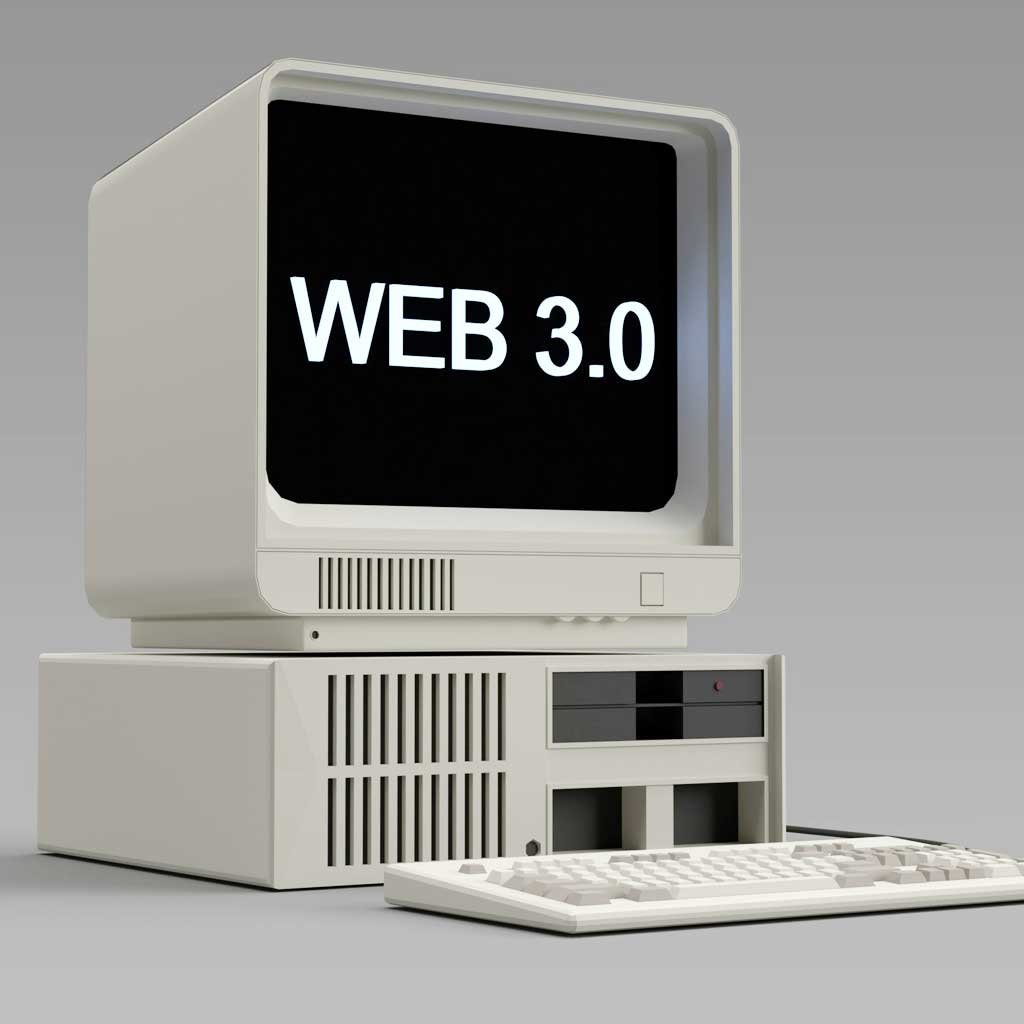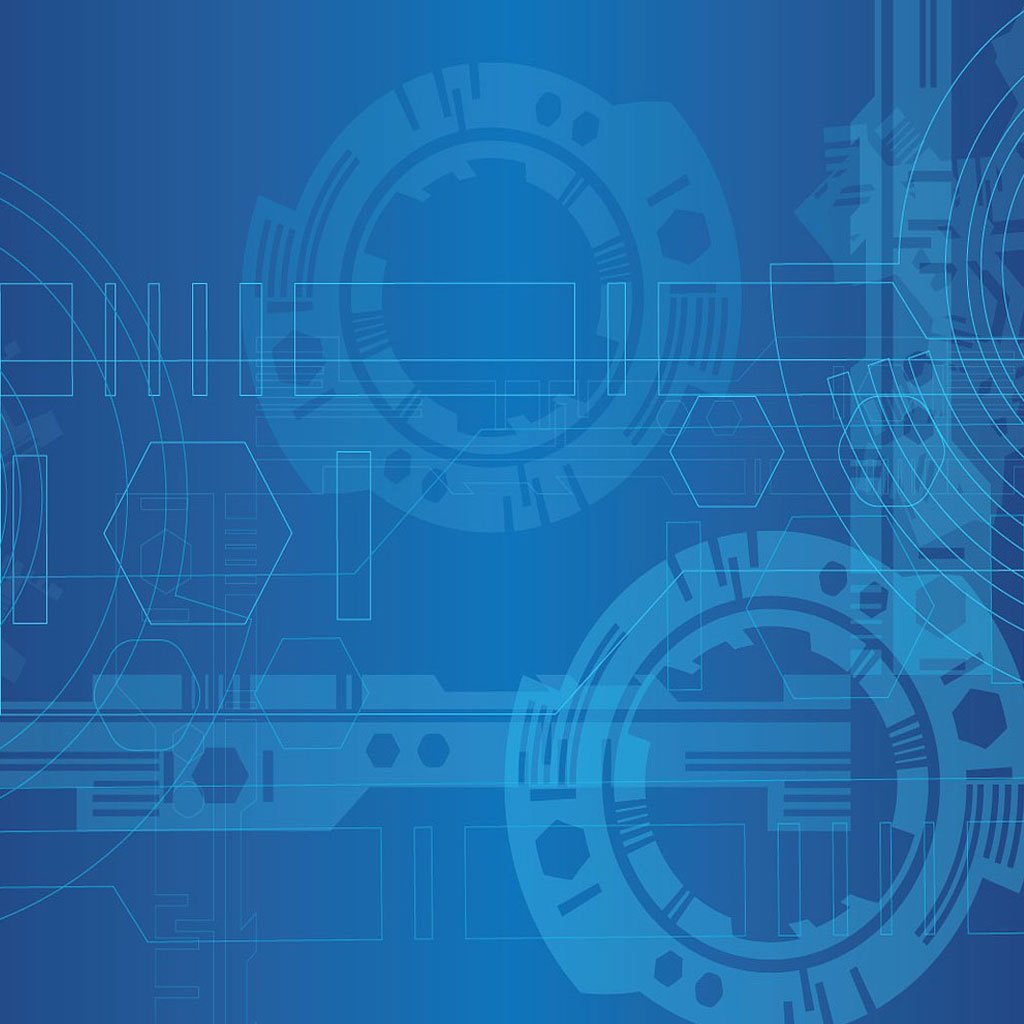
Exploring Successful Web 3.0 Projects: Pioneering Platforms and Their Unique Characteristics
Last updated: March 24, 2024 | Digital Techtune
As the digital landscape evolves, Web 3.0 represents the next phase of internet development, characterized by decentralization, interoperability, and user sovereignty. In this essay, we delve into examples of successful Web 3.0 projects or platforms, examining their innovative features and the factors that set them apart in the ever-expanding digital ecosystem.
Ethereum:
- Ethereum stands as a pioneering platform in the realm of Web 3.0, offering a decentralized, programmable blockchain network.
- Its key innovation lies in smart contracts, self-executing contracts with the terms of the agreement directly written into code. This feature enables decentralized applications (dApps) to be built upon Ethereum, facilitating automated transactions and processes without intermediaries.
- Ethereum’s robust developer community and ecosystem have propelled its growth, fostering a multitude of decentralized finance (DeFi) applications, non-fungible tokens (NFTs), and decentralized autonomous organizations (DAOs).
- What sets Ethereum apart is its emphasis on programmability and flexibility, enabling developers to create a wide range of decentralized applications across various industries.
Filecoin:
- Filecoin addresses the issue of decentralized storage within Web 3.0, providing a marketplace for storage providers and users to exchange storage space and retrieve data.
- Its unique incentive mechanism, based on proof-of-replication and proof-of-spacetime, ensures data integrity and availability while incentivizing storage providers to contribute resources to the network.
- Filecoin’s protocol enables individuals and organizations to monetize their excess storage capacity, creating a decentralized storage infrastructure that is resilient, efficient, and censorship-resistant.
- The platform’s emphasis on decentralized storage and incentivization mechanisms distinguishes it as a key infrastructure project in the Web 3.0 ecosystem.
Uniswap:
- Uniswap is a decentralized exchange (DEX) built on the Ethereum blockchain, allowing users to trade a wide range of ERC-20 tokens without relying on traditional intermediaries.
- Its automated market maker (AMM) model leverages liquidity pools and smart contracts to facilitate peer-to-peer trading, enabling users to swap tokens seamlessly while maintaining control of their assets.
- Uniswap’s open-source nature and permissionless design have fostered a vibrant ecosystem of liquidity providers, traders, and developers, driving innovation in decentralized finance (DeFi).
- The platform’s emphasis on decentralization, liquidity, and user empowerment sets it apart from traditional centralized exchanges, offering a glimpse into the future of peer-to-peer finance.
Brave Browser:
- Brave Browser represents a paradigm shift in web browsing, focusing on privacy, security, and user-centric monetization models.
- Its built-in ad blocker and tracking protection features prioritize user privacy, blocking intrusive ads and trackers while providing users with greater control over their online data.
- Brave Rewards, integrated into the browser, allows users to opt-in to view privacy-respecting ads and earn Basic Attention Tokens (BAT) as a reward for their attention. This model enables users to directly support content creators while maintaining anonymity.
- Brave’s commitment to privacy-by-design and user empowerment distinguishes it as a leading example of Web 3.0 browsers, challenging the prevailing ad-based revenue model of traditional browsers.
IPFS (InterPlanetary File System):
- IPFS is a distributed protocol designed to create a more resilient and censorship-resistant web by decentralizing content storage and distribution.
- Unlike traditional HTTP-based systems, which rely on centralized servers, IPFS utilizes a peer-to-peer network of nodes to store and retrieve content. Each file is assigned a unique content identifier (CID), ensuring content integrity and authenticity.
- IPFS’s content-addressed model and distributed architecture make it ideal for applications requiring decentralized file storage, content delivery, and data sharing.
- The platform’s emphasis on decentralization, data integrity, and offline availability sets it apart as a foundational protocol for the decentralized web.
Conclusion:
- Web 3.0 projects and platforms are redefining the internet landscape, emphasizing decentralization, interoperability, and user sovereignty.
- Examples such as Ethereum, Filecoin, Uniswap, Brave Browser, and IPFS showcase the diverse applications and innovations emerging within the Web 3.0 ecosystem.
- What sets these projects apart is their commitment to decentralization, user empowerment, and innovative technologies, paving the way for a more open, resilient, and inclusive internet.
- As Web 3.0 continues to evolve, these projects serve as beacons of innovation, driving forward the vision of a decentralized and interconnected digital future.

